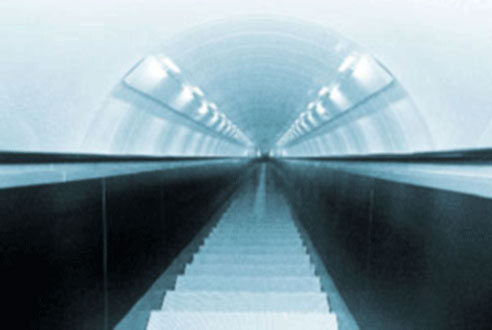NEWS ARTICLE ARCHIVES
Magnetic ballasts by Tridonic Atco

A ballast is required to run a fluorescent lamp. It is a current limiting device which
works on a self inductance principle. The impedance of the ballast is set to match the arc voltage of the
lamp which ensures that the correct current is supplied. The lamp should never be used with any other
ballast than the one specifically designed for the job. Also any supply voltage or frequency variation
will affect the optimum performance of the ballast, and hence the lamp, so the type of ballast with the
correct nominal values should always be used.
Optimum Performance
According to the electrical design criteria specified by the fluorescent lamp manufacturer, each ballast's
primary functions are;
- Preheat Current - This is supplied to the cathodes prior to the striking voltage, without the correct
preheat current the cathode would be progressively damaged resulting in short lamp life.
- Strike Voltage - In the case of a switch start circuit this is produced by the ballast when the starter
switch opens. The required voltage increases at high temperatures, and the electronic starters may be required
in abnormal temperature conditions.
- Lamp Current - The tight tolerances used in manufacture ensures that the impedance is the correct value to
provide the correct lamp current, wattage and light output.
The Right Lamp
Fluorescent lamps should only be used in the type of circuit for which they are intended. A high resistance
cathode lamp (26mm diameter, krypton) should only be used in appropriate switch start circuit, where as a low
resistance cathode lamp (38mm diameter, argon) can be operated in both switch start circuit or a starterless.
|
|


